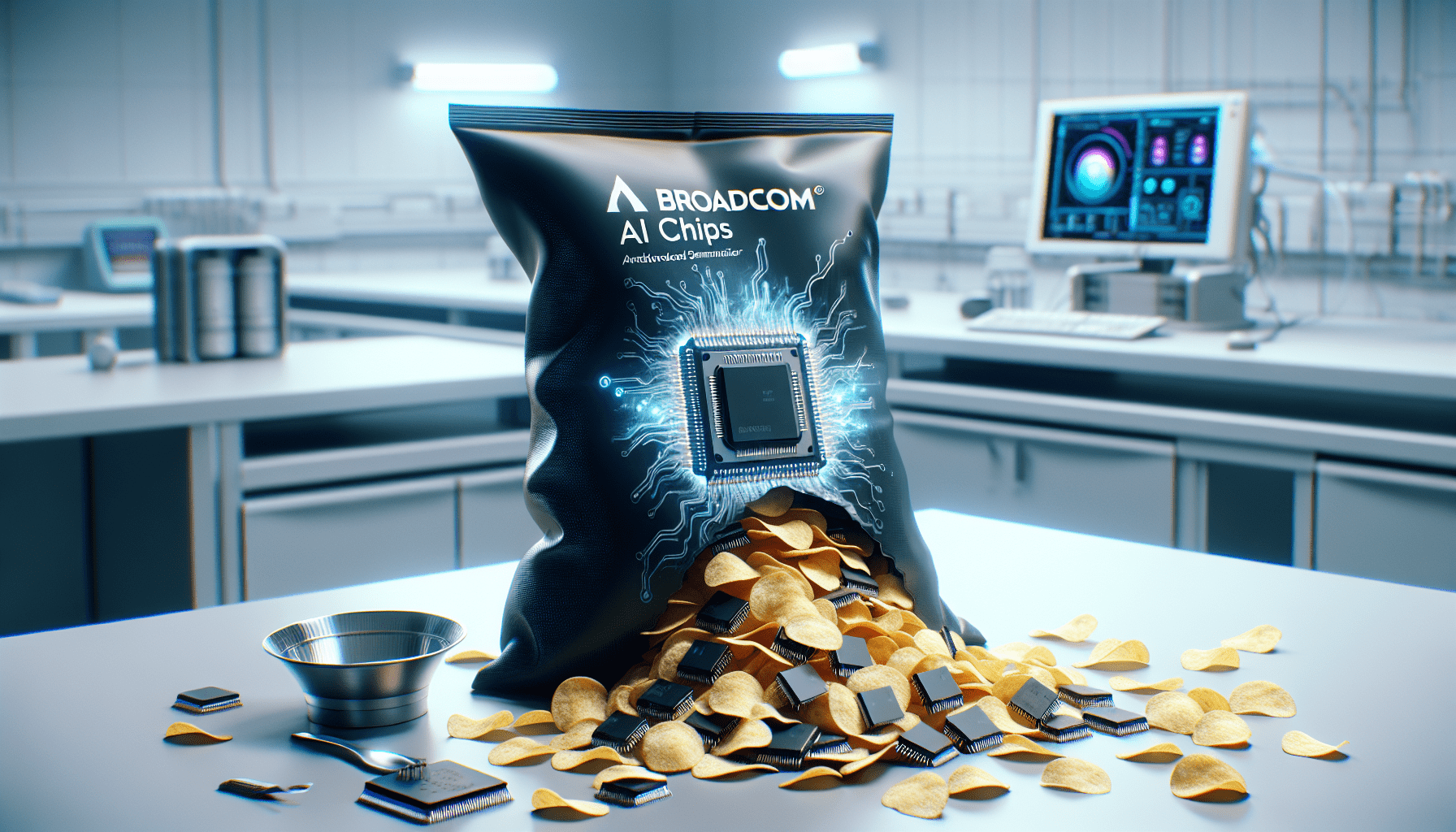Gold-Silver ratio nearing 28-year highs…there is a trade for that
Gold and silver prices have traditionally been so locked at the hip that if they were represented in a modern-day relationship, they’d undoubtedly be that couple that goes on holiday wearing “his and her” matching outfits.
Interestingly, the trading behavior of these two metals so far in 2019 seems to suggest a breakup may have occurred in the not-so-distant past. And based on recent trends, it looks like gold has been enjoying the single life, while silver has barricaded itself at home with a freezer full of ice cream.
A quick review of year-to-date performance in both precious metals helps reinforce the above metaphors. Gold spent most of the spring trading at sub-$1,300 per ounce levels, but experienced a strong rally in early summer when trade war tensions escalated between the United States and China.
Silver, on the other hand, mirrored gold’s range-bound trading behavior through the spring, but failed to produce a similar rally at the start of summer. It’s that divergence that is of particular interest, especially considering that the average historical correlation between gold and silver stands at roughly 0.89. For reference, a perfect positive correlation equates to 1.0.
Not surprisingly, the correlation breakdown has produced some interesting trading signals, particularly related to the Gold-to-Silver Ratio. Many commodities and futures traders monitor this well-known ratio to help evaluate the relative value of gold and silver for potential opportunities.
The Gold-to-Silver Ratio is calculated by simply taking the price per ounce of gold and dividing it by the price per ounce of silver. The quotient of that equation essentially reports how many ounces of silver are required to buy a single ounce of gold, at a given point in time.
For example, at the start of the year, when gold was trading for roughly $1,283/ounce, and silver was trading for $15.70/ounce, that meant approximately 82 ounces of silver were required to purchase a single ounce of gold.
Using the current prices for gold ($1,350.10/ounce) and silver ($15.00), the Gold-to-Silver Ratio now stands at nearly 90, which implies that gold has rallied to a greater degree than silver in recent months. Given the strength of their historical correlation it’s even more amazing to think that silver is actually trading lower than the levels it started at the outset of 2019.
Adding more context to this unusual situation is the fact that the Gold-to-Silver Ratio is now trading at the rather extreme nose-bleed level of 90. Over the last 20 years or so, the typical range in the Gold-to-Silver Ratio has been roughly 45 to 80. One has to go all the way back to 1991 in order to find the ratio trading above 90, as it is now.
So what does all of this mean? Well, like anything in the financial markets, much of that is in the eye of the beholder.
Traditionally, pairs traders sell gold and purchase silver when the Gold-to-Silver Ratio reaches the higher end of its range. Such a position theoretically benefits from a drop in the ratio, which would require gold to go lower, or silver to higher, or both.
However, because the ratio had already been trading at the higher end of its recent range, there’s a large group of existing market participants that have already deployed this contrarian position and are consequently feeling the pain. It should be noted the Gold-to-Silver Ratio peaked at around 96 in 1991 (and went even higher back in the 1940s).
An important thing to keep in mind is that the Gold-to-Silver Ratio isn’t the only way to play the breakdown in correlations between these two high-volume precious metals.
Traders seeking to learn more about these additional opportunities will find a recent installment of Futures Measures on the tastytrade financial network extremely compelling.
Instead of looking at these precious metals only through the lens of the Gold-to-Silver Ratio, the hosts of Futures Measures present historical data that illustrates how selling premium in silver-related options has consistently produced attractive success rates. Likewise, the hosts outline how a simple long silver position has also performed well when conditions like these materialize.
While no one can predict what’s coming next in the precious metals space, the one certainty is that traders adding gold and silver prices to their watchlists will have a better chance at capitalizing on major developments as compared to those that don’t.
That is of course, unless you were born a luckbox.
Sage Anderson is a pseudonym. The contributor has an extensive background trading equity derivatives and managing volatility-based portfolios as a former prop trading firm employee. The contributor is not an employee of luckbox, tastytrade or any affiliated companies.





















